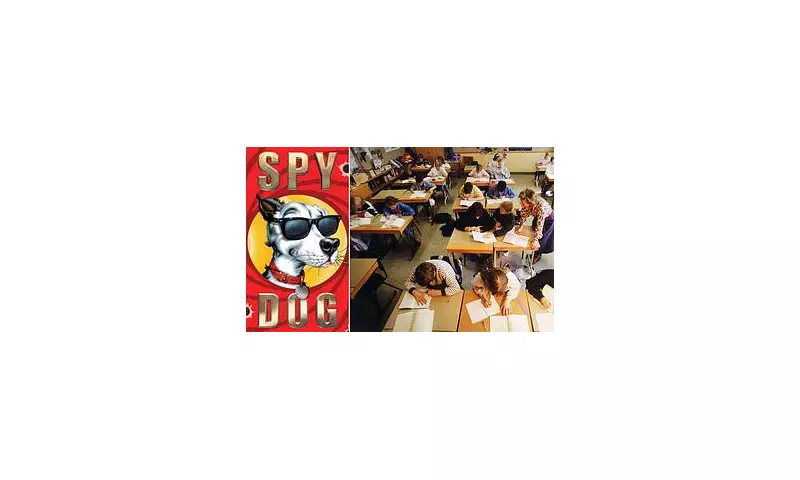
In a shocking breach of children's digital safety, popular children's books have been urgently pulled from shelves across the UK after their embedded QR codes were maliciously hijacked to redirect young readers to pornographic websites.
The Digital Betrayal in Children's Literature
What appeared to be innocent educational tools quickly turned into gateways for explicit content. The QR codes, designed to enhance reading experiences with supplementary online materials, were compromised by unknown hackers, transforming trusted children's literature into potential sources of harmful exposure.
Industry-Wide Safety Alert
Major retailers including The Works and prominent publishers have initiated immediate recalls after discovering the security breach. The incident has sent shockwaves through the publishing industry, raising urgent questions about the integration of digital technology in children's products.
How the Breach Unfolded
The compromised system involved QR codes that, when scanned, should have directed children to age-appropriate content like educational games or author interviews. Instead, these digital shortcuts were rerouted to explicit adult websites, bypassing all intended safety measures.
Parental Outrage and Safety Concerns
Parents and educators have expressed profound concern about the vulnerability of what they believed were safe, educational products. The incident highlights the growing challenge of protecting children in an increasingly connected world, where even traditional books can become vectors for inappropriate content.
Immediate Industry Response
Publishing houses and retailers have acted swiftly, with The Works confirming the removal of affected titles from both physical stores and their online platform. The company has assured customers that they're working closely with publishers to address the security issue and prevent future occurrences.
The Larger Implications for Children's Publishing
This security breach represents a watershed moment for the children's publishing industry, forcing a critical re-evaluation of digital integration in physical products. Publishers now face the challenging task of balancing technological innovation with absolute safety assurance for their youngest readers.
As investigations continue, the incident serves as a stark reminder that in our digital age, even the most traditional forms of media require robust cybersecurity measures to protect vulnerable audiences.





